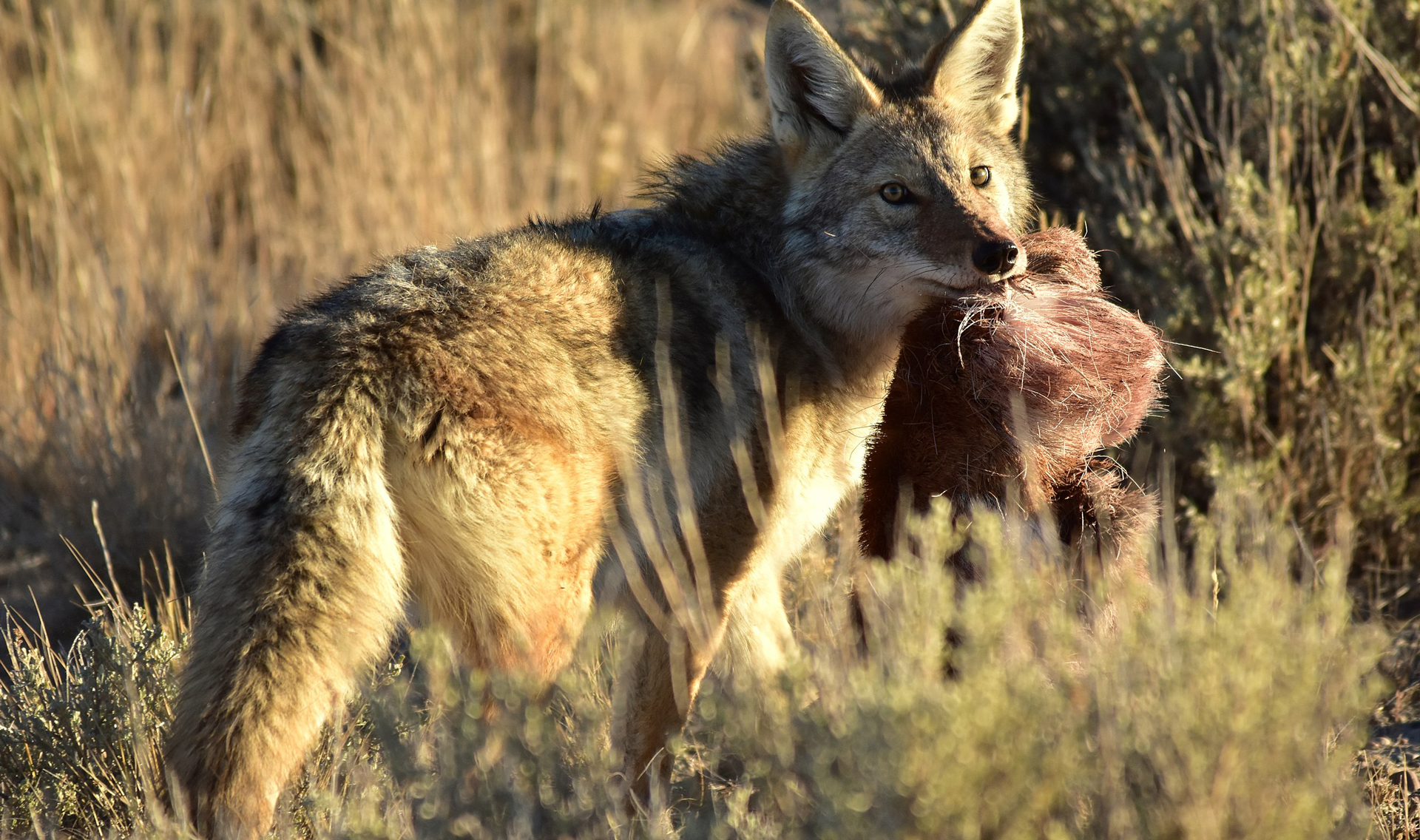Species Trapped
The Fur Institute of Canada compiles data on the number and value of raw, dried pelts (i.e., not dressed) harvested and sold on the market from species classified by wildlife authorities as “furbearers”. These data are sorted by “fur year”, which runs from July 1 to June 30 of the following year, and published as the report Canadian Wild Fur Production.
The FIC took over this task from Statistics Canada in 2010.
Since the majority of wild furbearers taken in Canada are caught in traps, this report is a good indicator of the state of trapping in the country for fur market purposes. However, some of these same species may be classified as “small game” and “big game”, so they may have been harvested differently. Small game refers to species like raccoon, fox, coyote and wolf, which may be trapped but may also be taken with a firearm. Big game refers to Canada’s three species of bear: black, grizzly and polar. All three of these can be hunted, but only black bear can be legally trapped. The raw data are submitted to the FIC by biologists and wildlife managers from each province and territory, who use a variety of sources. For the numbers of animals harvested, the main source is reports that all licensed trappers, hunters and fur dealers are required to file. For fur values, the main source is sales at auction, plus agent reports where applicable.
Note: Since the launch of Canadian Wild Fur Production, tables have included fields for “seal”. This is because seal pelts were formerly sold through the same channels as other wild fur pelts. This has changed, yet the fields remain and are mostly blank, so they no longer reflect the real market production for seal fur. These fields may be removed altogether in the future.
BY NUMBER, 2020-21
In fur year 2020 (July 1, 2020 to June 30, 2021), a total of 394,485 wild furbearers were reported as being harvested for their pelts in Canada. The top 10 species were as follows:
- Coyote – 100,774
- Muskrat – 81,497
- Beaver – 70,176
- Marten – 44,293
- Fox (red, cross, silver) – 18,634
- Weasel – 15,667
- Raccoon – 14,369
- Red squirrel – 10,477
- Fisher – 10,475
- Mink – 9,047
BY VALUE, 2020-21
In fur year 2020, the total market value of Canada’s wild fur harvest was C$13,960,750. The top 10 species were as follows:
- Coyote – C$8,725,548
- Marten – C$1,832,731
- Beaver – C$1,127,313
- Muskrat – C$410,576
- Lynx – C$320,153
- Wolf – C$307,314
- Fox (red, cross, silver) – C$244,101
- Fisher – C$217,328
- Black bear – C$176,884
- Bobcat – C$116,113

